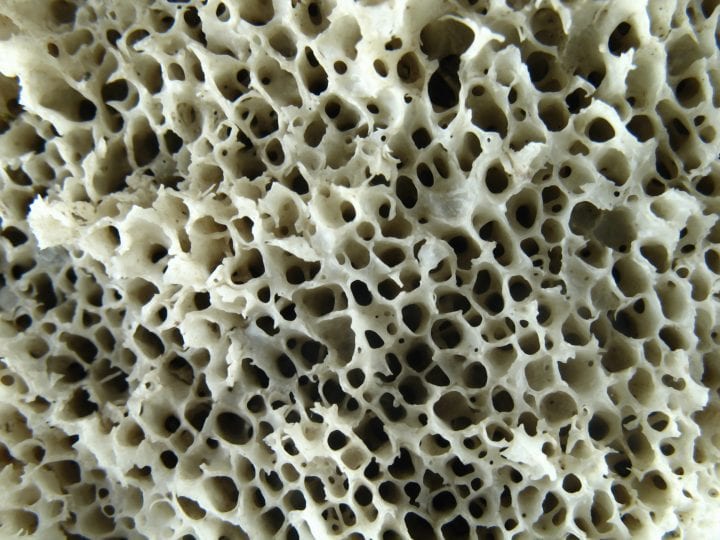3D-printed synthetic bone from CU Denver forms a resilient lattice structure by means of digital light processing.
Benefits
- Efficient
- Durable
- Resilient
Applications
- Armor and protection
- Medical implants
- Regenerative medicine
UN Sustainable Development Goals Addressed
-

Goal 3: Good Health & Wellbeing
-

Goal 9: Industry Innovation & Infrastructure
The Challenge
Prosthetics and other medical implants are made to mimic the organs they replace. Although molds and printing techniques create the desired exterior shapes, prosthetics lack micro-scale structures that behaves as a real limb does, possibly restricting movements or causing safety issues.
Innovation Details
The synthetic bone is 3D-printed, porous lattice structure made of liquid crystal elastomers. The structure is formed through a process called digital light processing. When light hits the liquid crystal resin, the resin cures, forming new bonds. The final cured resin becomes a soft yet durable elastomer. The material can be designed to mimic the exact bone structure of a human needing an implant.
Biomimicry Story
Mammalian tissues have evolved to efficiently handle stress. Bones are made up of fine strands called trabeculae that create a sponge-like structure. The structure is strong enough to resist compression and other forces without weighing us down.





